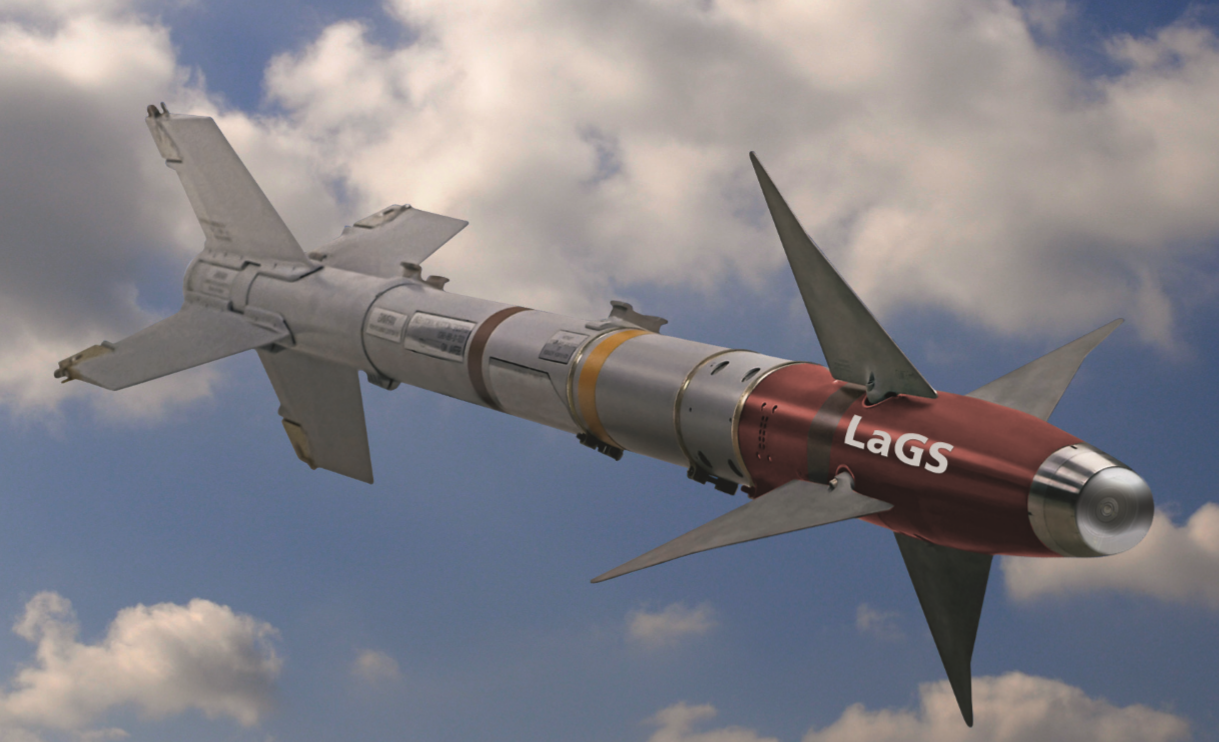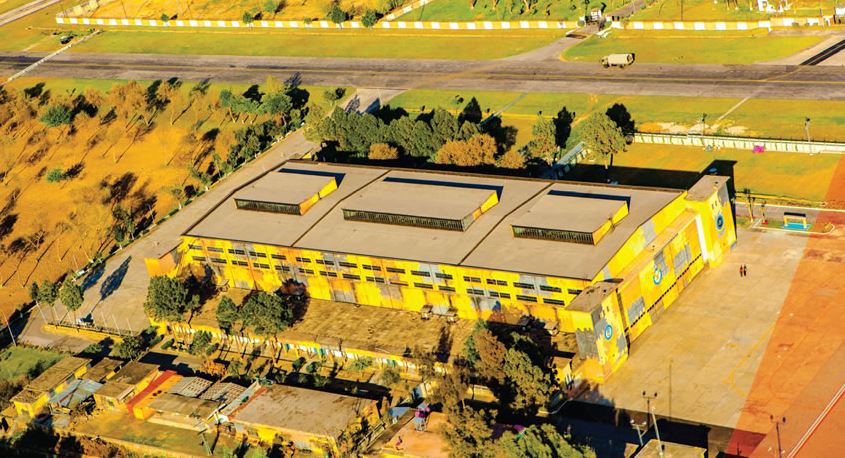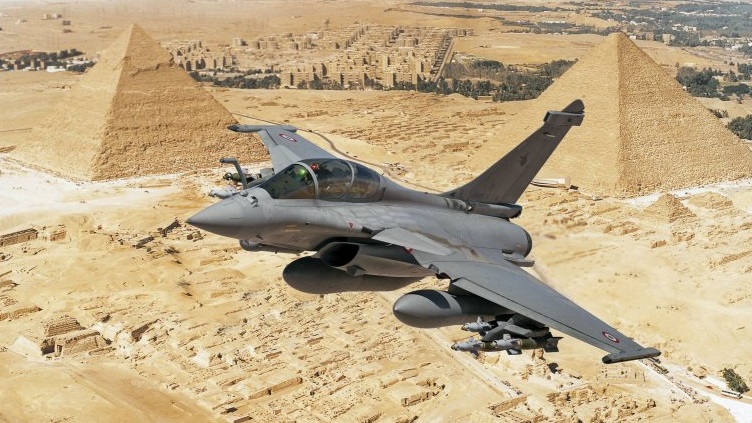2321Views 1Comment

German Company Transforms AIM-9L into Air-to-Ground Missile
01 March 2016
By Bilal Khan
According to IHS Jane’s 360, the German firm Diehl BGT is looking to complete the development of its Laser Guided Sidewinder (LaGS) program in 2016. The LaGS is basically an AIM-9L within-visual-range air-to-air missile (WVRAAM) repurposed into a precision-guided air-to-ground missile (AGM).
Operational from the late 1970s, the AIM-9L (Sidewinder Lima) was the world’s first operational all-aspect WVRAAM. Capable of locking onto a target from any angle (e.g. from behind, above, head-on, etc), the AIM-9L conferred fighters with markedly superior engagement capabilities in dogfights. For the next several decades, the AIM-9L served as a mainstay munition for many air arms around the world.
In recent years, the increasing availability of fifth-generation WVRAAMs, such as the AIM-9X, is steadily pushing the AIM-9L and its contemporaries into redundancy. Fifth-generation WVRAAMs such as the AIM-9X boast a considerably wider look angle, which enables them to be paired with helmet-mounted display and sight (HMD/S) systems, which enable the pilot to engage a target by simply lining his or her naked eye to it. This is in contrast to the AIM-9L’s need of maneuvering the fighter to face the target.
However, instead of letting these otherwise good munitions fall into irrelevancy, Diehl BGT is looking to breathe new life into them. Diehl BGT’s solution is to basically offer a semi-active laser homing (SALH) seeker which could readily replace the AIM-9L’s existing infrared (IR)-seeker, and in turn, convert the AIM-9L into a precision-guided AGM.
The beauty of this solution is that there are no other modifications required. All one needs to do is swap out the AIM-9L’s seeker, and then use it as an AGM. In its product brochure, Diehl BGT claims that the user would not even need to modify the launch platform; any platform cleared to use the AIM-9L can readily use the LaGS. According to Diehl BGT, the LaGS has an accuracy of 1 metre CEP, whilst retaining the AIM-9L’s maximum engagement range (approximately 18 km). In other words, it could be fired away from the engagement range of a man-portable air defence system (MANPADS).
Assuming the SALH seeker is not expensive, the LaGS could also be a very cost-effective solution. In fact, the LaGS could be a way for militaries to transform the sunk costs of maintaining unused AIM-9L inventories into operational savings in other areas, such as close air support (CAS). Think of an air force locked in a counterinsurgency (COIN) campaign. Instead of spending $250,000 on a new AGM, it could potentially spend significantly less on repurposing AIM-9Ls from its existing stocks, which have not been used for decades and will eventually be replaced (by fifth-generation WVRAAMs) anyways.
All that said, the SALH seeker will still require the support of a designated targeting pod (either on the launch aircraft or elsewhere) to ‘paint’ the target for the missile. In this regard, the LaGS as a missile is not much different from existing mainstay AGMs, such as the AGM-114 Hellfire II. But if Diehl BGT manages to keep the SALH seeker’s costs under control, the LaGS could be a much more affordable alternative to the Hellfire II. In comparison, the LaGS may be a more feasible weapon to use against comparatively low-value targets, such as light vehicles, fortified quasi-bunkers, MANPADS, and combatants with small arms.
The launch customer will be the German Air Force, for use on its Tornado and Typhoon fighters. However, Diehl BGT definitely has the world market in mind for this product. It is unlikely the company will actively market the system to specific end-users until it is certified to use and cleared for export, but there are a few countries that may consider it if available.
Various NATO powers, such as the Netherlands, may consider the LaGS as they steadily supplant their AIM-9L stocks with the AIM-9X and IRIS-T. However, it is important to understand that the feasibility of the LaGS is dependent on whether the end-user will actually need such an AGM in the short-term. The world’s AIM-9L stocks have aged, and many inventories will be reaching the end of their shelf lives. There is no point in acquiring the LaGS if one does not plan to use it before the end of the AIM-9L’s shelf-life.
The Pakistan Air Force (PAF) has an inventory of AIM-9Ls. Not only are these serving alongside much more capable AIM-9M-8/9 WVRAAMs, but in time, they will be complemented by fifth-generation WVRAAMs. As some AIM-9Ls near the end of their shelf-lives, the PAF may be inclined to convert them into LaGS, especially if it is still locked in COIN operations in the next three to five years. It would be similar for other prospective users, such as Saud Arabia and Egypt. Israel could consider it as a low-cost complement to its existing air-to-ground solutions, assuming it has operable AIM-9L stocks.



1 Comment
by srmklive
A really interesting thing for PAF to consider. I think PAF should definitely consider this solution. One question though would the PAF go this route, unless they have a suitable replacement for AIM-9L such as AIM-9X?